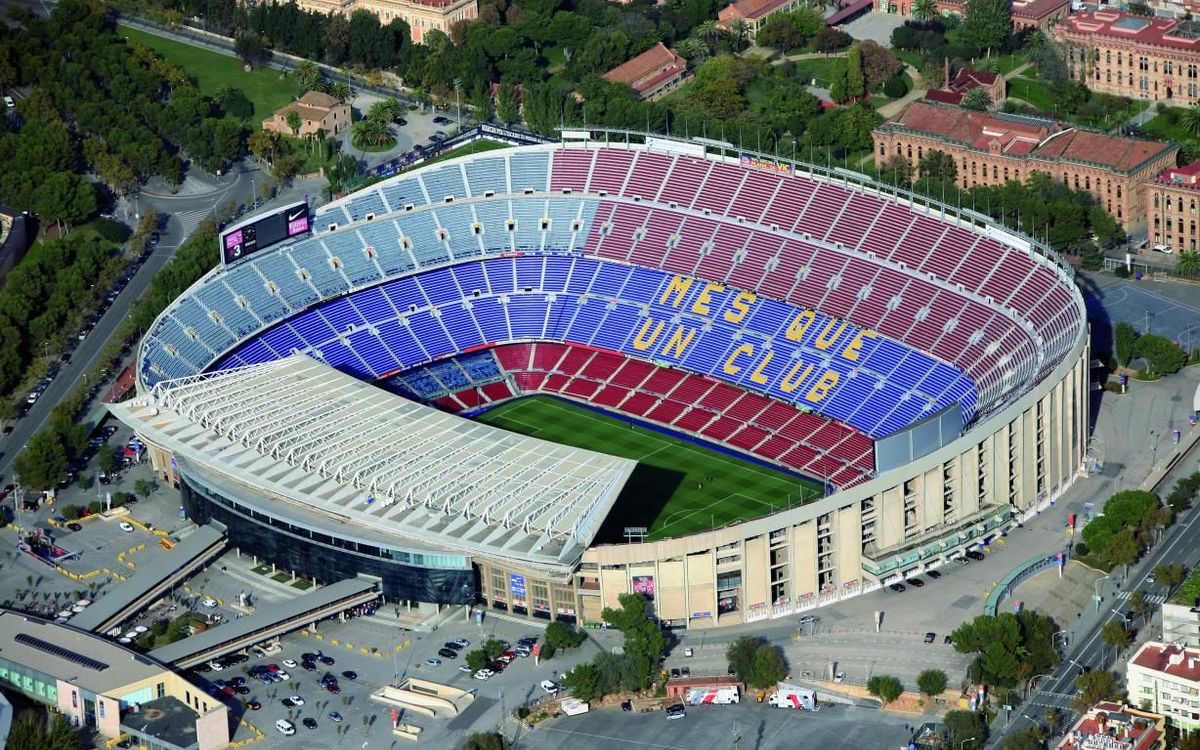Football stadiums as a vehicle for Barca's progress
- Viber
- Messenger
- Copy link
At the beginning of the Club's history Barça led a nomadic existence in various neighbourhoods around the city of Barcelona with regards to its home games. Sarrià-Sant Gervasi (the old Veldrome la Bonanova, 1899-1900) ; Horta-Guinardó (Hotel Casanovas, 1900-1901, Carretera de Horta, 1901-1905) and the Eixample (calle Muntaner, 1905-1909) all played host to Barça matches as the club searched for its identity and role in Barcelona and Catalan society.
That all changed in 1909. In December of the previous year Joan Gamper had become president for the first club and saved the club from extinction, establishing a link with Catalan identity to help the institution's revival. The improvement was notable as the Club went from having 38 members at the end of 1908 to more than 200 when on 14 March 1909 the ground at Calle Indústria was opened.
Located in the Eixample are of the city, like its predecessor in Calle Muntanter, the ground at Indústria became a new symbol of the Club's rise. Its initial capacity was for 1,500 fans, moving to 6,000 in 1916 when the second tier of the stand was finished. At that time Barça had 1,987 members and was recognisable as the entity that it is today: it was city Club, the link to Catalonia had been established (Catalan was the official language), its fans were known as culers and there was a rivalrey in the derby against Espanyol.
Once we got to the decade of the 1920s, football had exploded in the city of Barcelona thanks to stars such as Ricardo Zamora and Pep Samitier. In 1922 Barça was immersed in its first 'golden' age, a sporting expansion reflected in the 6,341 members who rendered small the ground at Indústria. Joan Gamper was once again president of the Club and he oversaw another move for the club: on 19 February the first brick was laid of what would become the new stadium, situated where now the streets of Numància, Marquès de Sentmenat and Travessera de les Corts meet. Just three months later the stadium in Les Corts, with a capacity for 22,000 fans, was ready.
Barça's consolidation as the emblematic club in the city and Catalonia was sealed. The neighbourhood of Les Corts grew as the home of FC Barcelona, new houses were built, factories and shops as the area began to attract attention.
After the dip for the Civil War, with football riding a wave of popularity in the absence of other reasons to be cheerful, the stadium at Les Corts soon become too small for the club, just as its predecessors had done, despite a final expansion in 1946 which led to capacity being raised to 48,000, a figure that was insufficient for the now 24,150 members and fans of the club.
The rest, as they say, is history: after several delays due to institutional indecision, on 24 September 1957 Camp Nou was opened; a modern, imposing stadium with a capacity of 99,053. The doors of the future for Barça opened and it now need a radical and necessary transformation to keep abreast with the times.
- Viber
- Messenger
- Copy link

